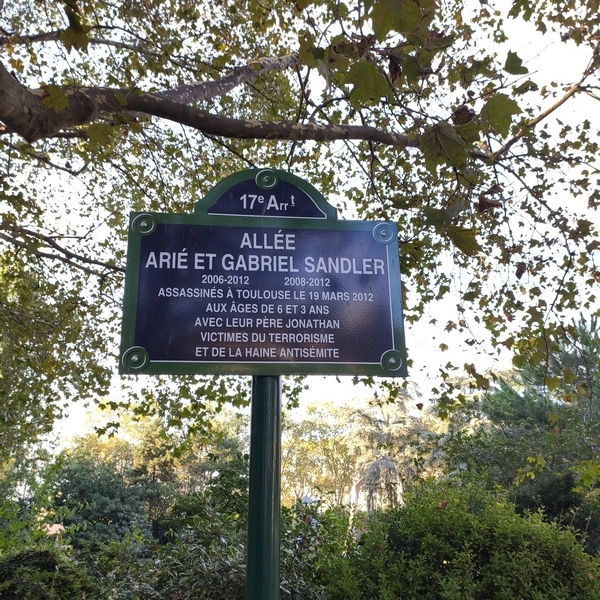
A Sensory Experience
Visitors to the Museum and Memorial of Terrorism will be invited to partake in a wide array of sensory and cognitive experiences through testimony objects, artifacts, videos, sound recordings, testimonies, explanations, and more. Displays will be understated since over-the-top presentations of deadly acts are weaponized in all forms of terrorism. Museum experiences will speak to visitors’ emotions, humanity, and intellect.
The building as a whole and the exhibitions will be able to be adjusted to adapt to changes to the museum experience. The aim is to create a space that meets a standard of durability for public facilities. The permanent exhibition will be subject to change and will be designed to accommodate substitutions and the problem of short-term, medium-term, and long-term loans. The design will be environmentally friendly.
Accessible to All
The museum is for all visitors and users affected by terrorism, near and far. We welcome people of all ages and cultures, and the experiences at the museum will be geared for individual, family, and group visits, with or without human or digital guides. The Museum and Memorial of Terrorism is therefore accessible to all.
There will be a space for visitors to leave a mark or a message at the end of the museum experience. This is a feature that exists in many other museums. Texts, audio guides, and applications will be translated into several languages. The space strives to be universally accessible, and the building and museum experiences will be adjusted for people with disabilities (motor, hearing, visual, mental).

Three Themes
The museum experience goes beyond the subject of terrorism to address three main themes:
- The history of terrorism since the 1970s and the emergence of a new type of international terrorism, with a retrospective that goes back to the nineteenth century;
- The voice of victims and their place in public policies, legal procedures, and mobilizations;
- Societies facing terrorism and their responses in the realms of politics, law, culture and art, urban planning, public health, and community life.
A multidisciplinary theme is also covered: the emergence of an era of remembrance starting in the 1970s; an analysis of the memorialization of terrorism and of its victims will help create conversations on the importance of memory in modern societies.

